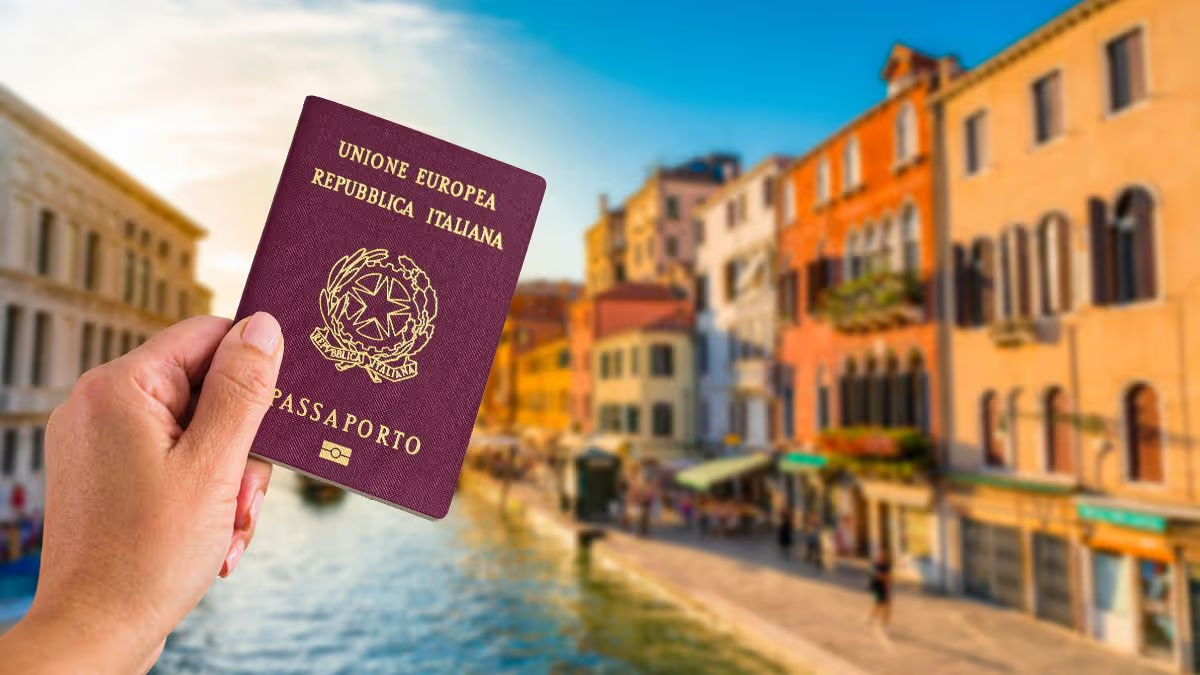Choosing Between Decreto Flussi and the EU Blue Card
As Italy continues to modernize its immigration framework, 2025 offers two distinct work visa pathways for foreign nationals: the quota-regulated work permit under Decreto Flussi, and the EU Blue Card for high-skilled professionals. Understanding the differences between these systems is essential for both non-EU workers and Italian employers navigating the country’s work permit application process.
Whether you're a seasonal laborer, a specialist in tech or finance, or an employer seeking to hire talent, Italy’s dual-track work visa system has options tailored to various skill levels and sectors.
Decreto Flussi 2025: Quotas for Foreign Workers
Each year, the Italian government issues a Decreto Flussi (flow decree), establishing annual quotas for non-EU workers entering Italy for seasonal and non-seasonal employment. The Decreto Flussi 2025 continues this tradition, defining sector-specific and nationality-based caps on how many foreign workers can be admitted.
Key highlights of Decreto Flussi 2025:
* Sectors include agriculture, construction, domestic work, tourism, and transport
* Both seasonal and non-seasonal subordinate work are covered
* Quota numbers are allocated by country of origin and type of work
* Employers must submit a work permit application before the candidate obtains a national visa at the Italian consulate
The application is submitted through the Ministry of the Interior's portal, and upon approval, the worker is granted a visa to enter Italy and convert the work permit into a residence permit.
We make Italy Golden Visa simple to understand—no cost, no pressure.
Processing times can vary, but delays are common due to high demand and limited quotas. For seasonal workers, the residence permit for seasonal work can last up to 9 months, depending on the sector.
EU Blue Card: The High-Skilled, No-Quota Option
For non-EU professionals with higher education and specialized skills, the EU Blue Card offers a quota-free alternative to Italy’s general work visa system. The Blue Card Italy is designed for high-skilled workers, providing faster processing, better mobility, and a clear path to long-term EU residency.
Eligibility requirements for the EU Blue Card include:
* A recognized university degree or equivalent qualification
* A binding job offer or employment contract in Italy for at least one year
* A salary threshold, currently set at approximately €25,000–€28,000/year, though exceptions apply for sectors experiencing shortages
The permit is valid for two years, renewable as long as employment continues. After five years, Blue Card holders may apply for an EU long-term residence permit, granting broader rights across the Schengen Zone.
Unlike quota-based visas, the Blue Card is not subject to Decreto Flussi, making it faster and more reliable for highly qualified professionals.
Choosing the Right Path: Blue Card vs Quota-Based Visas
For employers hiring non-EU nationals, the Blue Card route is generally more predictable and stable—especially in competitive, high-skill industries. For low- to mid-skilled positions, however, Decreto Flussi remains essential to legally recruit workers under Italy’s annual immigration quotas.
Plan Ahead for Italy’s Work Visa Options in 2025
Italy’s 2025 immigration system offers two clear work permit routes:
* The Decreto Flussi for jobs within defined quotas
* The EU Blue Card for skilled professionals seeking faster, more flexible entry
Choosing the right path depends on your occupation, qualifications, and immigration goals. With visa caps and processing times affecting timelines, early preparation is crucial.
Consult an immigration expert to optimize your application, avoid delays, and ensure compliance with Italy’s evolving work visa regulations.























